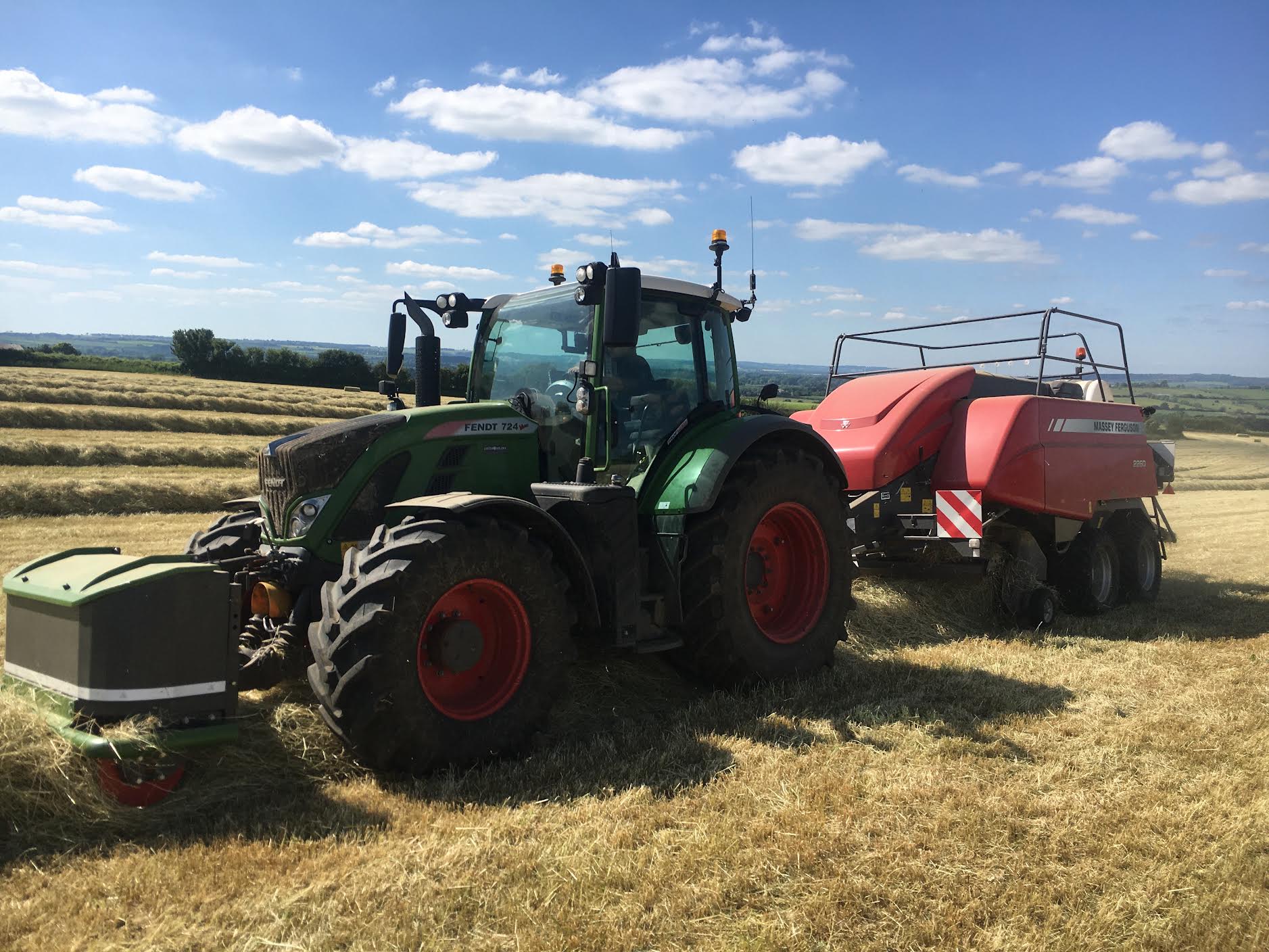

Westerwold Ryegrass can be a very useful option to bulk up forage stocks from a spring sowing. Unlike other grass species, Westerwold will provide a full yield within the year of sowing, while the yield of other species like Perennial Ryegrass can be reduced by about ⅓ from a spring sown crop.
‘Quick Bulk’ Westerwold Silage Mix (MIXQB)
The fast growing Westerwold Ryegrass will provide high quality silage in 12 weeks and can be sown from mid to late March onwards.
The Cotswold Seeds ‘Quick Bulk Westerwolds’ Mix is based around tetraploid varieties, producing high yielding silage crops with a typical ME of 10.5 and CP of 14%, cutting for silage just before heading will encourage maximum D-value.
The fast establishment and quick growing nature means that Westerwold Ryegrass can be sown fairly early in the spring compared to slower growing mixes containing more traditional grasses like Timothy and Clovers.
With adequate moisture, the mix should provide at least 3 cuts of silage during the season, in districts with a later growing window and plenty of moisture 4 cuts can be achieved. This is a hungry species, so a fertiliser plan will need to be followed.
https://www.cotswoldseeds.com/products/877/quick-bulk-westerwolds-intensive-one-year-ley
Westerwold Hay Mix (MIXWWH)
For growers looking to produce high quality hay from a spring reseed, the Westerwold Hay mix is the only option. Spring sown Westerwold Ryegrass is the only species that will provide a stem and seed head in the year of sowing. This mix is based on diploid varieties, which are less fleshy and have a lower moisture content, making them easier to dry or ‘make’.
When making Hay from Westerwold Ryegrass ensure the seed head is fully emerged with the awns prominent, this means the plant will be fully matured and will dry more evenly.
“The Westerwold Hay mix can be a really useful option, it helps spread the workload during the peak hay making time in June, because it tends to be ready a month later, it also provides a very ‘clean’ hay sample, with very little dead or discoloured leaves because its a new ley and has not gone through a winter” say’s Simon from West Berkshire.
The mix should produce 2 cuts of hay from a spring sowing, the first in mid July and the second during mid August. Alternatively a haylage cut can be taken if the weather is unsettled.
Both of these mixes can be supplied in small sacks (approx. 25kgs) or in bulk bags which hold approx. 350kgs of grass seed.
https://www.cotswoldseeds.com/products/2721/westerwold-hay-mixture
First Hand Case Study: Quick Bulk Westerwolds with Richard Bown
Date Posted: 21st March 2023



